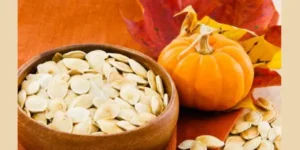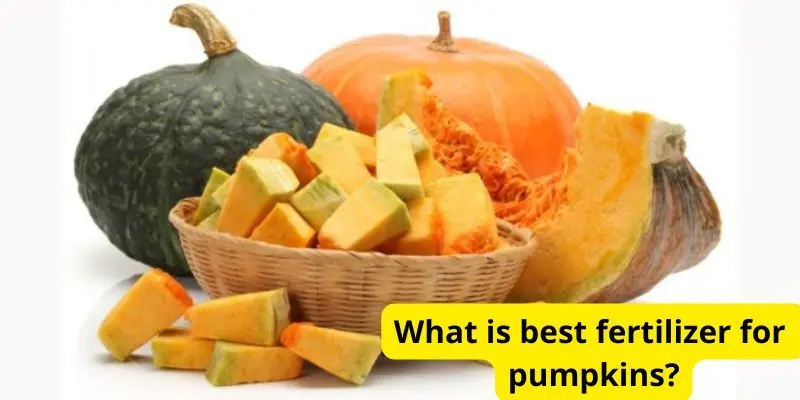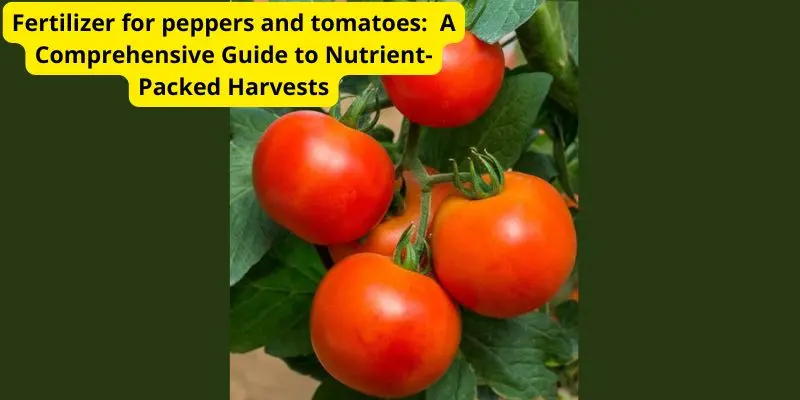Pumpkins are beloved for their versatility, from carving jack-o’-lanterns to creating delicious pies. To grow healthy and bountiful pumpkins, providing the right nutrients is essential. Fertilizing your pumpkin plants with the appropriate nutrients supports robust growth, abundant flowering, and the development of large, flavorful fruits.
In this guide, we will explore the essential nutrients pumpkins require, discuss various fertilizer options, and provide expert tips on application timing and techniques. By understanding your pumpkin’s nutritional needs and selecting the best fertilizer, you can maximize your harvest and enjoy a bountiful pumpkin patch.
Understanding Pumpkin Nutrient Needs

Nitrogen (N)
- Role: Essential for vegetative growth, promoting healthy leaves and vines.
- Deficiency symptoms: Yellowing leaves, stunted growth, reduced yield.
- Excess: Excessive vegetative growth at the expense of fruit development.
Phosphorus (P)
- Role: Vital for root development, flower production, and fruit set.
- Deficiency symptoms: Poor root growth, delayed flowering, and reduced fruit size.
- Excess: Can lead to imbalances with other nutrients.
Potassium (K)
- Role: Enhances overall plant health, disease resistance, and fruit quality.
- Deficiency symptoms: Weak stems, poor fruit development, and susceptibility to diseases.
- Excess: Can interfere with the uptake of other nutrients.
Secondary and Micronutrients
- While N, P, and K are the primary nutrients, pumpkins also require smaller amounts of calcium, magnesium, sulfur, and micronutrients like iron, zinc, and boron for optimal growth and fruit production.
Best Fertilizer Options
Organic Fertilizers
- Compost: Provides a balanced mix of nutrients and improves soil structure
- Manure: Rich in organic matter and nutrients, but can contain pathogens.
- Blood meal: High in nitrogen, ideal for promoting foliage growth.
- Bone meal: High in phosphorus, beneficial for flower and fruit development.
- Fish emulsion: Liquid fertilizer with balanced nutrients and beneficial microorganisms.
Synthetic Fertilizers
- Balanced NPK fertilizers: Offer a consistent ratio of nitrogen, phosphorus, and potassium.
- Environmental Impact: Organic fertilizers are generally considered more environmentally friendly.
Fertilizer Application Timing
Initial Fertilization
- Before Planting: Incorporate compost or well-rotted manure into the soil to improve overall fertility.
- Starter Fertilizer: Apply a balanced NPK fertilizer at planting time to provide essential nutrients for early growth.
Side Dressing
- During Growing Season: Apply additional nitrogen fertilizer when vines start to grow actively (usually after the first few weeks).
- Timing: Avoid excessive nitrogen application as it can promote foliage growth at the expense of fruit development.
Fertilizing After Fruit Set
- Limited Fertilization: Once pumpkins have set fruit, reduce nitrogen applications and focus on potassium to enhance fruit quality.
- Avoid Over-Fertilizing: Excessive fertilization after fruit set can lead to poor flavor and increased susceptibility to diseases.
Tips for Fertilizer Use
- Soil Testing: Conduct a soil test to determine nutrient levels and pH before applying fertilizers. This will help prevent over-fertilization and nutrient imbalances.
- Avoid Over-Fertilization: Too much fertilizer can harm plants and lead to environmental issues. Follow recommended application rates.
- Organic vs. Synthetic: Consider the pros and cons of each type when choosing a fertilizer. Organic fertilizers improve soil health but have slower release rates, while synthetic fertilizers provide quick results but can impact the environment.
- Combining Fertilizers: Experiment with different fertilizer types to find the best combination for your pumpkins. For example, combining compost with a balanced NPK fertilizer can provide both organic matter and essential nutrients.
- Water Management: Proper watering is crucial for nutrient uptake. Water your pumpkins regularly, especially during dry periods.
- Observation: Monitor your pumpkin plants for signs of nutrient deficiencies or excesses. Adjust your fertilization accordingly.
Conclusion
Choosing the right fertilizer is crucial for cultivating healthy and productive pumpkin plants. By understanding the specific nutrient needs of pumpkins and tailoring your fertilization approach accordingly, you can significantly enhance your harvest. Remember that soil testing is an invaluable tool for determining nutrient deficiencies and adjusting your fertilizer plan.
Experiment with different fertilizer options to find what works best for your garden and soil conditions. With proper care and attention to fertilization, you’ll be well on your way to growing impressive pumpkins. Happy gardening!





